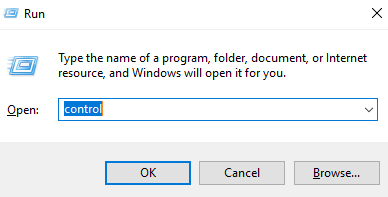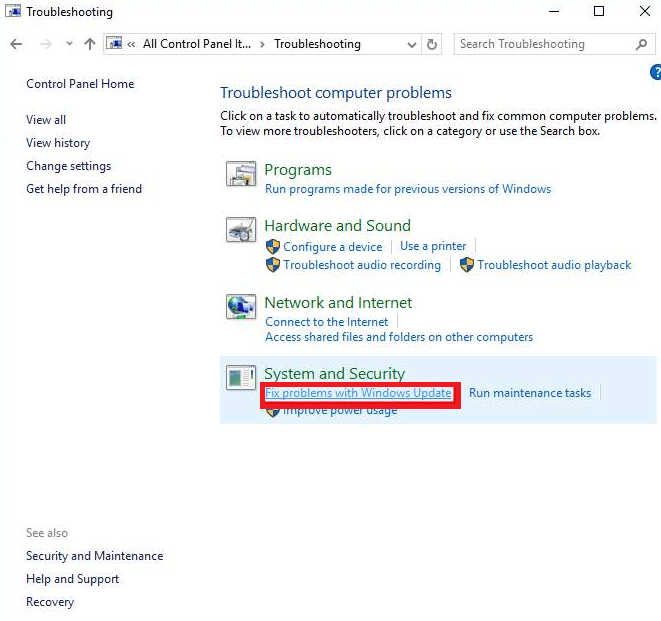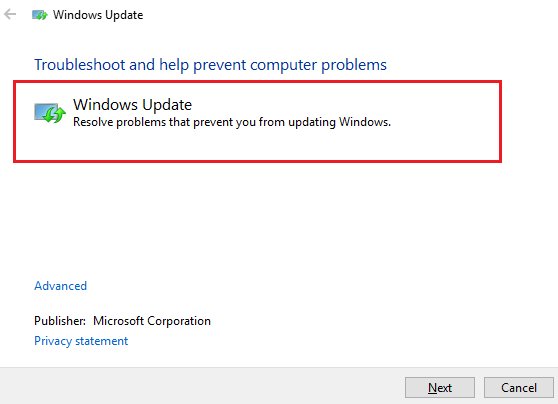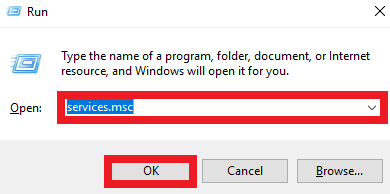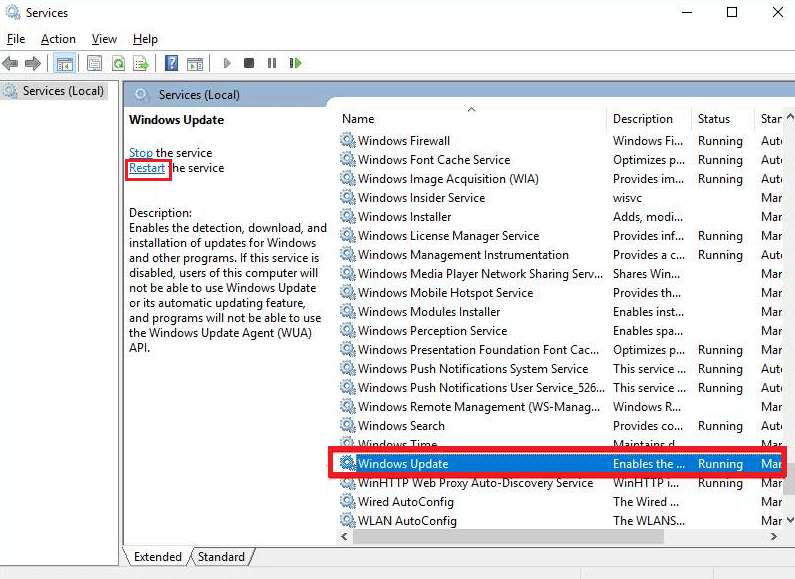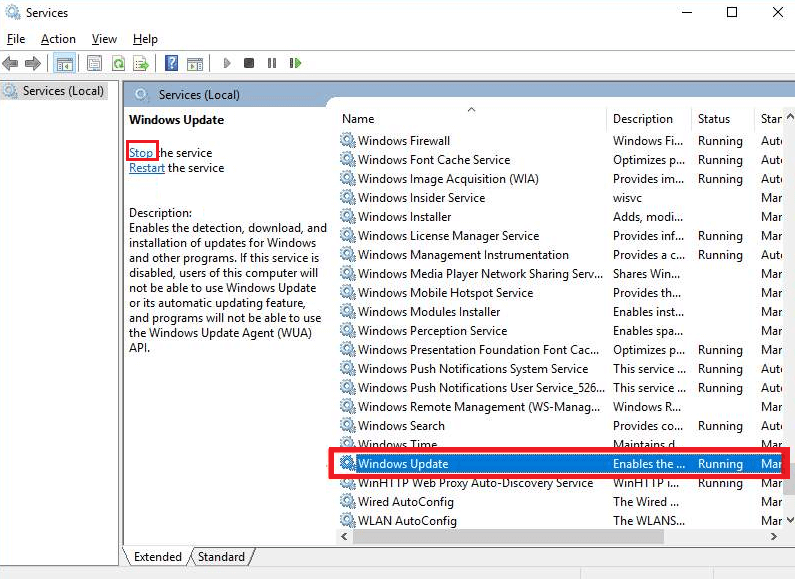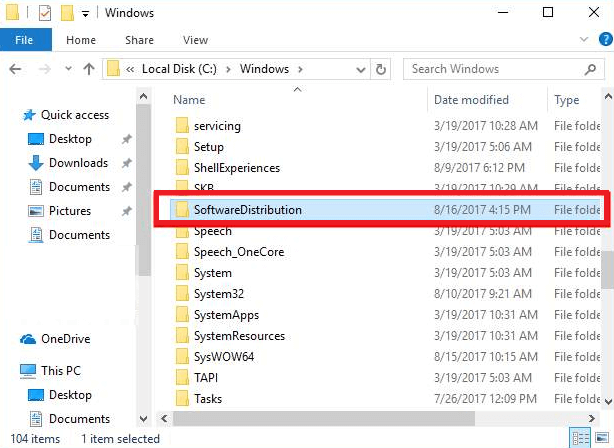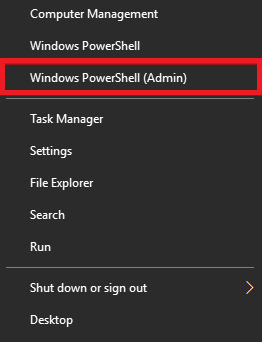When you are talking about operating systems made for computers including both desktops and laptops, Windows is one of the most popular options out there. This is due to the reason that Windows offers a wide range of features and options to the user making it perfect for most computer users. In order to use all of its features, Windows uses a lot of background processes and services.
All of these background processes and services work together to keep Windows and your computer fully functional along with all the various features that it offers. However, in some cases, some background services like the TiWorker.exe can sometimes cause issues on Windows computers. Such an issue generally includes background processes like the TiWorker causing high disk usage, high CPU usage, and even both in some cases. Since this can affect the performance of other applications on your computer and your overall computing experience, you would most likely want to fix it right away.
And if you are also facing issues with TiWorker.exe, then make sure to check out the complete detailed tutorial on how to fix TiWorker.exe given down below. You can also find more information regarding the TiWorker.exe process down below if you want to know more.
What is TiWorker.exe in Windows?
Just like all other background processes and services that are found in most Windows computers, it is highly likely that you are not familiar with TiWorker.exe either. And if you are going to fix any issues related to the TiWorker.exe process, it is highly recommended to learn more about it.
This is due to the fact that by knowing more about the TiWorker.exe process, fixing it and getting rid of high CPU or high disk usage will be much easier and faster. TiWorker.exe is a background process found in Windows which is also known as the Windows Module Installer Worker. It is a background process which helps in handling Windows Updates since it handles both the installation and removal of Windows system updates.
In fact, whenever you are updating the Windows of your computer, you can always find the TiWorker.exe process running in the background at all times. And because newer versions of Windows like Windows 10 and Windows 11 automatically update your computer, the TiWorker.exe can even result in high disk usage, high CPU usage, or worse, both of these at the same time.
Fixing TiWorker.exe in Windows?
Now that you know more about the TiWorker.exe background process and the fact that it can possibly cause high disk usage and high CPU usage on your computer, you would want to fix it right away. Unfortunately, since TiWorker.exe is a highly important background process of Windows computers, you cannot terminate it.
Another issue with this issue is that TiWorker.exe high disk usage or high CPU usage can be caused due to many possible reasons. Thus, to help you in successfully fixing the TiWorker.exe process in Windows, we are here with the following multiple fixes and solutions that you can try out on your computer one by one to fix TiWorker.exe:
1. Install all the Latest Available Updates
As mentioned earlier, the TiWorker.exe process is usually found in the background of your computer only when Windows is currently installing any updates. Because of this, if there are no available updates for your Windows PC, then the TiWorker.exe process should automatically terminate itself. And the easiest way to ensure that your computer does not have any more available updates is to simply install available updates which can be done quite easily as shown here:
- You have to first open Windows Settings on your PC by pressing Windows Key + I on your keyboard.
- Now, go to the Update & Security menu where you have to click on the Check for Updates option.
- Once you have done that, Windows will check for all currently available updates. If there are any available, they will be automatically downloaded and installed on your computer.
- After all the new Windows updates have been installed, you can restart your PC and check if TiWorker.exe is still running in the background or not as it should now be terminated because there are no more updates available for your computer.
2. Try using Windows Update Troubleshooter
Other than trying to manually fix issues and problems related to Windows updates on your computer, Windows also offers an automated way to do the same. This is made possible via the Windows Update Troubleshoot. It essentially checks for all possible errors on your computer which can be possibly related to Windows updates.
And since the TiWorker.exe process is also related to Windows updates, the Windows Update Troubleshooter can also find and fix all issues related to the TiWorker.exe process. In order to run the Windows Update Troubleshooter, you will have to follow these steps one by one:
- To start, you have to first open the Control Panel on your computer using the Windows Search feature.
- Once you are inside the Control Panel window, head over to the Troubleshooting menu after choosing the Large icons option next to the View by option present in the upper right corner of the Control Panel window.
- Now, click on the Fix problems with Windows Update option present under the System and Security section.
- After doing this, a new window will open on your screen where you have to click on Next and follow all the instructions shown on screen. Doing this will run the Windows Update Troubleshooter on your computer which will fix all Windows update related issues including the TiWorker.exe process.
3. Restart the Windows Update Service
The TiWorker.exe process is part of the Windows Update Service which is a service that plays a key role in installing new Windows Updates on your computer. Because of this, you can possibly fix the TiWorker.exe process by restarting the Windows Update Service since it will reset the TiWorker.exe process. When it comes to restarting the Windows Update Service, you have to do so from the Service utility in Windows as described here:
- In order to access the Services utility in Windows, you have to first open Windows Run by pressing Windows Key + R on your keyboard.
- Now, type services.msc inside the Windows Run window and press enter on your keyboard to open the Services utility on your computer.
- Inside the Services utility, you need to scroll down and find the Windows Update Service from the list of services present in your Windows PC.
- Finally, select the Windows Update Service and click on the Restart the service button present in the left-hand side menu. With this, the TiWorker.exe process will also get restarted which should get rid of any high disk usage or high CPU usage issues.
4. Clear the Windows Update Data on your PC
Whenever there is any available update for your Windows PC, it gets downloaded and installed automatically. Although, the Windows update files which get downloaded on your computer can be stored for quite a long time. Such Windows update files are stored for update roll backs and system restore purposes.
However, if any of these Windows update files are corrupted or not downloaded properly, they may start the TiWorker.exe process and even cause high disk usage and high CPU usage in many cases. Hence, it is always a great idea to clear the Windows update data on your PC from the Services utility like it is shown here:
- Similar to the previous method, you have to first open Windows Run on your computer by pressing Windows Key + R on your keyboard.
- After opening Windows Run, simply type services.msc in it and click on OK to open the Services utility on your Windows PC.
- Once you are inside the Utility folder, simply scroll down and look for the Windows Update service.
- Then, select the Windows Update service and click on the Stop the service button present in the left hand side menu.
- Now, press Windows Key + E on your keyboard to open up File Explorer where you have to go to the C:\Windows folder.
- In here, find and delete the SoftwareDistribution folder which will get rid of all Windows Update data from your PC.
- At last, restart your PC so that the TiWorker.exe process stops working without turning on again since there are no more corrupted Windows Update files which would have triggered the TiWorker.exe process otherwise.
5. Run the SFC Scan in Windows
In case multiple background processes including the TiWorker.exe process are causing high disk usage or high CPU usage in the background, then there is a possibility that the issue is not related to the TiWorker.exe process itself.
Instead, the system files of your computer might be corrupted which can possibly cause issues with multiple background processes. Thankfully, it is quite easy to check and fix corrupted system files in Windows using the SFC scan function which can be used as given down below:
- For running the SFC Scan in Windows, you have to first open Command Prompt which can be done by pressing Windows Key + X on your keyboard and selecting the Command Prompt (Admin) option.
- After opening the Command Prompt window, you have to type sfc /scannow and press enter on your keyboard.
- Once this is done, Windows will check all system files for any possible corrupted files or similar issues. If it finds any corrupted files, SFC Scan will automatically fix all of them right away.
- To ensure that all of the fixed corrupted system files start working, you also have to restart your computer after using the SFC Scan feature.
6. Use DISM Tool in Windows
The DISM tool found in WIndows can be a great way to check and fix all kinds of images present in your computer. This includes multiple images related to Windows recovery, Windows update, and even more.
And similar to using the SFC Scan feature, using the DISM Tool can be another great option if you are facing issues like TiWorker.exe causing high disk usage or high CPU usage. Similar to the SFC Scan feature, the DISM Tool is also used from the Command Prompt which can be done by following the following instructions one by one:
- Start by opening Command Prompt on your computer by pressing Windows Key + X on your keyboard and selecting the Command Prompt (Admin) option from the list,
- Once you are inside the Command Prompt window, simply type the following command press enter on your keyboard:exe /online /cleanup-image /restorehealth
- After executing this command, Windows will run the DISM Tool on your computer which can take some time to finish up. Once it is done, you have to simply reboot your computer to ensure that DISM Tool has completed its process for fixing issues like TiWorker.exe causing high CPU usage or high disk usage.
7. Update all Device Drivers
While it is not very common, there are a few cases where background processes like the TiWorker.exe stop working properly because the device drivers installed in your computer are either outdated or corrupted.
In that case, you can simply update all device drivers installed on your computer to their latest version which should fix corrupted device drivers as well as get rid of outdated device drivers. For the same, you will need to use Device Manager on your computer as you can see here in this step by step guide:
- To begin, press Windows Key + X on your keyboard and choose the Device Manager option from the list.
- Once you are inside the Device Manager window, you have to first expand all device groups to see the complete list of all the device drivers installed on your computer.
- Now, simply go to each and every one of these device drivers one by one, right click on all of them one by one, and select the Update driver option.
- Upon doing so, you will get a popup on your screen where you have to select the Search automatically for updated drivers option.
- Doing this will make Windows automatically find, download, and install the latest device driver for that hardware device.
- You have to perform this same procedure for all the hardware devices listed inside the Device Manager window to ensure that all device drivers installed on your computer are the latest versions.
Conclusion
As Windows offers a lot of regular updates for adding new features and removing any bugs or issues from your computer, Windows has a background process called TiWorker.exe which handles all Windows updates. But in some cases, this same process can also cause high disk usage and high CPU usage. Because this can affect your computing experience and the performance of other programs, we have already given a complete guide on how to fix TiWorker.exe on your computer.
In fact, you can also learn more about the TiWorker.exe application up above in detail to understand its importance and functioning in Windows computers. If you have gone through all the information regarding the guide on how to fix TiWorker.exe in Windows given above, make sure to share your thoughts in the comments section. You can also post any questions down there if you have any!




